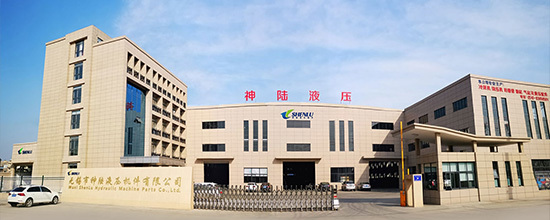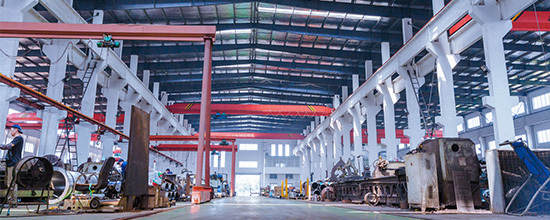-
About Us

-

-
-
-

What is an oil cylinder? What is its working principle?
What is an oil cylinder? What is its working principle?
It is a type of pressure finishing process that utilizes the cold plastic characteristics of metal at room temperature. It applies a certain pressure to the surface of the workpiece using rolling tools, causing the surface metal of the workpiece to undergo plastic flow, filling in the original residual low concave valleys, thereby reducing the surface roughness of the workpiece. Due to the plastic deformation of the rolled surface metal, the surface structure hardens and the grains become finer, forming a dense fibrous structure and creating a residual stress layer, which increases hardness and strength, thus improving the wear resistance, corrosion resistance, and compatibility of the workpiece surface.
First, let's talk about its basic five components: cylinder barrel and cylinder head, piston and piston rod, sealing device, buffering device, and exhaust device.
The working principle of each type of cylinder is almost similar. Take a manual jack as an example; a jack is essentially a simple oil cylinder. By using a manual pressure rod (hydraulic manual pump), hydraulic oil enters the oil cylinder through a one-way valve. At this point, the hydraulic oil entering the oil cylinder cannot flow back due to the one-way valve, forcing the cylinder rod to move upward. Then, as work continues, hydraulic oil keeps entering the hydraulic cylinder, causing it to rise continuously. When it needs to lower, the hydraulic valve is opened to allow the hydraulic oil to return to the oil tank. This is the simple working principle, and others are improvements based on this. The principle of a pneumatic cylinder is basically the same as that of an oil cylinder.
Next
COOKIES
Our website uses cookies and similar technologies to personalize the advertising shown to you and to help you get the best experience on our website. For more information, see our Privacy & Cookie Policy
COOKIES
Our website uses cookies and similar technologies to personalize the advertising shown to you and to help you get the best experience on our website. For more information, see our Privacy & Cookie Policy
These cookies are necessary for basic functions such as payment. Standard cookies cannot be turned off and do not store any of your information.
These cookies collect information, such as how many people are using our site or which pages are popular, to help us improve the customer experience. Turning these cookies off will mean we can't collect information to improve your experience.
These cookies enable the website to provide enhanced functionality and personalization. They may be set by us or by third-party providers whose services we have added to our pages. If you do not allow these cookies, some or all of these services may not function properly.
These cookies help us understand what you are interested in so that we can show you relevant advertising on other websites. Turning these cookies off will mean we are unable to show you any personalized advertising.
Address: No. 30, Ludai Road, Huishan District, Wuxi City
Tel: +86-0510-83050688
Tel: +86-0510-83959581
E-mail: sales@shenlu.net.cn
Fax: 0510-83051581
Copyright ©2025 Wuxi Shenlu Hydraulic Machine Parts Co., Ltd.







